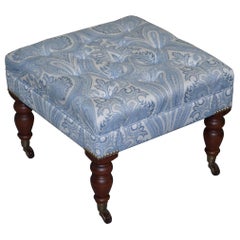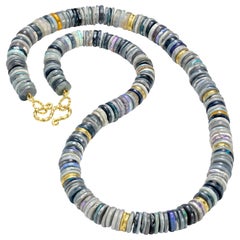Lauren Wheeler
Recent Sales
Brand New Ralph Lauren Footstool Chesterfield Buttoned Porcelain Wheel
By Ralph Lauren
Located in West Sussex, Pulborough
We are delighted to offer for sale this brand new ex-showroom stock Ralph Lauren RRP £1399
Category
21st Century and Contemporary American Modern Footstools
Materials
Porcelain, Fabric, Mahogany
H 14.97 in W 20.48 in D 20.48 in
Australian Opal Disc Yellow Gold Wheel One-of-a-Kind Graduated Necklace
By Lauren K.
Located in Dallas, TX
One of a Kind Necklace by acclaimed jewelry designer Lauren K. featuring a spectacular assortment
Category
2010s American Artist Beaded Necklaces
Materials
Opal, Gold, 18k Gold, Yellow Gold
Get Updated with New Arrivals
Save "Lauren Wheeler", and we’ll notify you when there are new listings in this category.
Lauren Wheeler For Sale on 1stDibs
On 1stDibs, you can find the most appropriate lauren wheeler for your needs in our varied inventory. Making the right choice when shopping for a lauren wheeler may mean carefully reviewing examples of this item dating from different eras — you can find an early iteration of this piece from the 15th Century and a newer version made as recently as the 21st Century. Adding a lauren wheeler to a room that is mostly decorated in warm neutral tones can yield a welcome change — find a piece on 1stDibs that incorporates elements of gold, gray and more. These artworks were handmade with extraordinary care, with artists most often working in ceramic, earthenware and glaze.
How Much is a Lauren Wheeler?
The price for a lauren wheeler in our collection starts at $650 and tops out at $3,713 with the average selling for $850.

